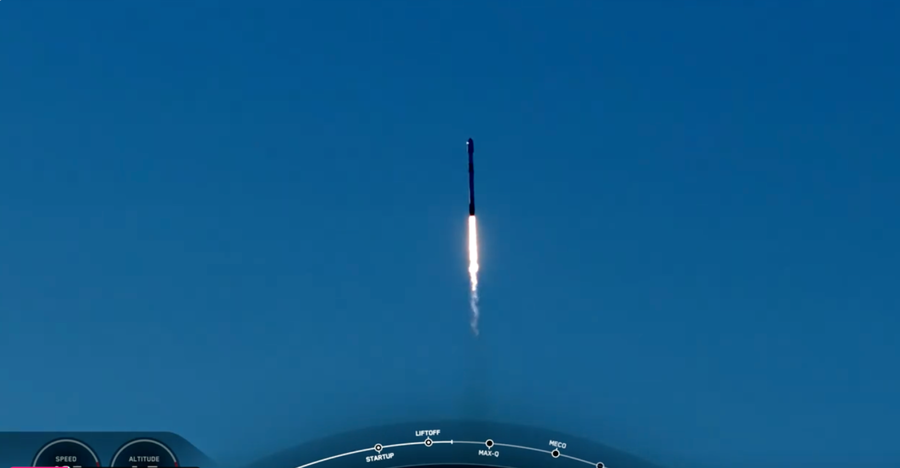In exactly one year, support for Windows 10 will end. Then there is a risk that millions of PCs will be thrown away, regardless of whether they still work or not. Don’t wait until the very last day to take action.
October 14, 2025: the day Microsoft officially pulls the plug on Windows 10. This date is getting closer. Millions of Windows users will face a dilemma over the next twelve months: should they upgrade to Windows 11 or not? If you also find yourself in this situation, we will help you prepare for the end of Windows 10. A year goes by quickly.
Still popular
This is far from the first time that a version of Windows has reached the end of its life: no version of Windows lasts forever. For example, Windows 10 itself once replaced Windows 8. However, the discontinuation of support for Windows 10 brings with it an exceptional situation.
Windows 10 is still very popular. According to Statcounter, 64 percent of all Windows computers worldwide were still running the older version in August. Only 31 percent had already made the switch to Windows 11. For comparison: When Windows 8 was withdrawn from circulation, it only had a share of just under three percent.
As the deadline approaches, Windows 11’s share will increase, but it cannot be ruled out that Windows 10 will still be the most popular version after support ends. Microsoft grudgingly acknowledges the popularity of Windows 10 and continues to add new features, such as the Copilot app.
It is also noticeable that the time window between “replacing” Windows 10 and stopping security updates is significantly shorter than with previous versions. Windows 8 and Windows 7 users are granted a seven-year cooling-off period, while Windows 10 is only granted four years. Even the first versions of Windows 11 are no longer supported.
On the scrap heap
What happens to all the millions of PCs still running Windows 10 after October 14, 2025? Canalys warns of a mass grave. The analysis agency calculated that 240 million PCs worldwide are at risk of being scrapped along with Windows 10, even devices that would still work perfectly.
To be clear, if there is no error with your device, it will still work after October 14, 2025. The end of support does not mean that Windows 10 will stop working completely. Even today there are devices that run Windows 8, Windows 7 or – we’re not kidding – Windows XP.
Microsoft has had to grudgingly acknowledge the continued popularity of Windows 10.
From a security perspective, this is very unwise: we will hit this nail many times. Unsupported versions of Windows will no longer receive security updates. This opens your PC’s doors to vulnerabilities. Using Windows 10 after October 14, 2025 is therefore at your own risk: We strongly advise against it, especially for company PCs that have access to sensitive data and critical IT environments.
Stand to
The fact that millions of Windows PCs are at risk of being scrapped is largely Microsoft’s responsibility. For many users, it’s not a matter of not wanting to upgrade to Windows 11, but of being able to. Right from the start, Microsoft has set certain system requirements in order to install Windows 11. We list them again:
- 4GB RAM
- 64GB storage
- UEFI and secure boot
- TPM 2.0
- HD display (720p)
- An approved processor from Intel, AMD or Qualcomm (see official list from Microsoft)
Almost all new PCs overcome this bar effortlessly. However, for older devices, for example from 2018, these requirements are less obvious. The mandatory TPM 2.0 in particular can be a nuisance, as older devices may still have an older standard.
This can lock your PC out of Windows 11 even though it worked fine on Windows 10. In this case, you are actually forced to buy a new PC. The slow rollout of Windows 11 shows that not everyone agrees with it.
Microsoft is sticking to the system requirements even if it’s shooting itself in the foot. Gaps for installing Windows 11 on an unsupported device will be irrevocably closed sooner or later.
A postponement is not an adjustment
There will be another option for business users from October 2025. Companies can subscribe to these Extended security updatesProgram from Microsoft to extend the life of your Windows PCs (for a fee).
Exact prices for the extended updates have not yet been communicated by Microsoft, but expect around four hundred euros per device if you register for the full three years. The first year starts relatively cheap, but prices increase significantly for the second and third years.
This, too, is just a postponement of the inevitable: Sooner or later, Microsoft will permanently pull the plug on Windows 10. Therefore, carefully consider whether it is financially most attractive to pay for your devices for another three years or to invest in a new computer park straight away. Private users have no option for extended security updates anyway.
A second life
Don’t feel like buying a new PC while your old device still works? You can give your PC a second life. You can also look at other operating systems for this. Did you know that you can convert a Windows PC into a Linux PC? You can use a USB stick to install a Linux distribution of your choice on your PC.
Linux comes in many flavors and most distributions require some technical knowledge. The freedom that Linux grants you is a blessing for the experienced user, but can be overwhelming for the beginner. Is Chrome OS better suited to your needs? You can then use the Chrome OS Flex tool to turn your Windows PC into a Chromebook.
Don’t wait until it’s too late
Specifically, these five options are available to you after the Windows 10 support period expires:
- Continue using Windows 10 without updates (not recommended)
- Upgrade to Windows 11 (if your PC meets the hardware requirements)
- Buy a new PC with Windows 11
- Pay for Extended Security Updates for Windows 10 (maximum three years)
- Switching to a new operating system (can be done with your old PC)
Whichever option you choose, don’t wait until October 13, 2025 to take action. The end of the world will be here for Windows 10 sooner than you think.














